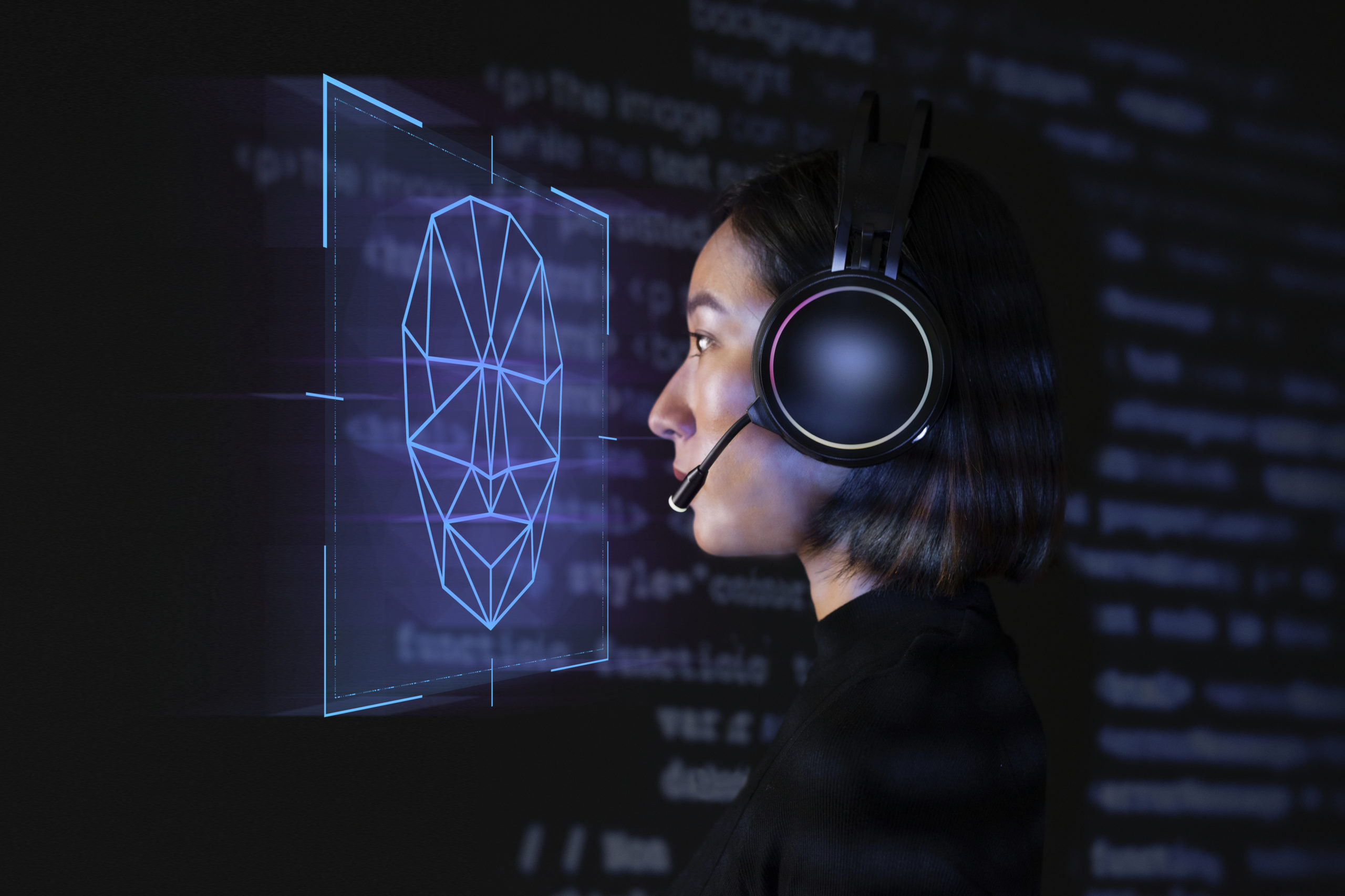Faced with document fraud and identity theft, along with new threats such as cybercrime and changes in international data protection regulations, companies are implementing new technological solutions to help them deal with all these issues. One of these technologies is biometrics, which is rapidly being implemented as one of the most reliable methods of customer identification and authentication, especially in sectors that are highly vulnerable due to the type of data and information they handle, such as the banking sector.
In addition, the use of new ways of operating through digital or telephone channels makes it essential to use technologies such as biometrics to ensure regulatory compliance and protect customers’ personal data through increasingly secure and reliable authentications.
But what is biometrics, what types exist, and what are the benefits it brings?
<<< Explore here all the benefits of Voice Biometric Identification >>>
What is Biometric Identification and Authentication?
Biometrics is the general name used to refer to any biological measurement or physical or behavioral characteristics, specific to each individual, in order to authenticate their identity.
Biometric identification, therefore, is that which verifies the identity of individuals according to the chosen biometric characteristic.
There are different types of biometric technologies:
- Physiological measurements: these can be morphological or biological, such as, for example, fingerprints, finger shape, vein pattern, eye pattern (iris and retina) or face shape.
- Behavioral measurements: the most common form is voice recognition, but there are others such as signature dynamics or gestures.
It should be considered that not all types of measurements offer the same level of reliability since some of them, such as signature dynamics or gestures, may be subject to factors such as stress or are not as stable during the life of the individual.
On the other hand, it is also necessary to differentiate between identification and biometric authentication. Identification consists of determining a person’s identity by capturing the biometric element of our choice. As for biometric authentication, also known as verification, it has to do more with a subsequent process in which the data of a person’s characteristics are compared with the biometric fingerprint stored in a database, which is associated with that particular person, in order to determine their similarity.
Main benefits of Biometric Identification and Authentication
Improve security and help with fraud detection.
Biometrics solutions are one of the most secure ways for customers to identify themselves. They don’t have to share their passwords or answer security questions that are often forgotten. In terms of authentication, proving that a person is real by verifying tangible real-life traits inherent to the person, such as voice or their fingerprint, offers companies high levels of reliability as these are traits that are very difficult to supplant.
In fact, it is almost impossible with current technologies to replicate biometrics such as voice, fingerprints, or iris patterns. To give an example, there is a one in 64 billion chance that your fingerprint will exactly match someone else’s
Therefore, highly secured industries, such as banking and healthcare, use biometric technologies for customer identification and authentication that offer greater security and are almost fraud-proof against identity theft because of the risks involved if this were to occur and if the data were to be exposed.
Increases customer satisfaction and the efficiency of telephone agents.
In addition to being more secure and fraud-free, customer satisfaction increases due to faster identification and authentication. In Call Centers such as banking, customer identification usually takes between 2 and 5 minutes and in digital applications there is the difficulty, in many cases, to remember passwords or security questions. In fact, according to numerous studies, 20% of potential customers fail to register in online businesses because of the complexity of the process or do not return to access because they forgot the password or security questions. It is, therefore, especially beneficial to use biometrics for these processes, reducing them to a matter of seconds.
And this not only increases customer satisfaction but also makes the telephone agents or managers who identify and authenticate customers in their processes more effective and efficient, reducing waiting and service times and increasing CX.
If you want to discover our biometrics solution, Recordia Biometric Identification, click here.
See you soon!

